John Charlton, Charlton Lake namesake 1884 - Derek Coleman

Harold & Charlie Golden With Happy, 1945 - Harold & MaryLou Golden
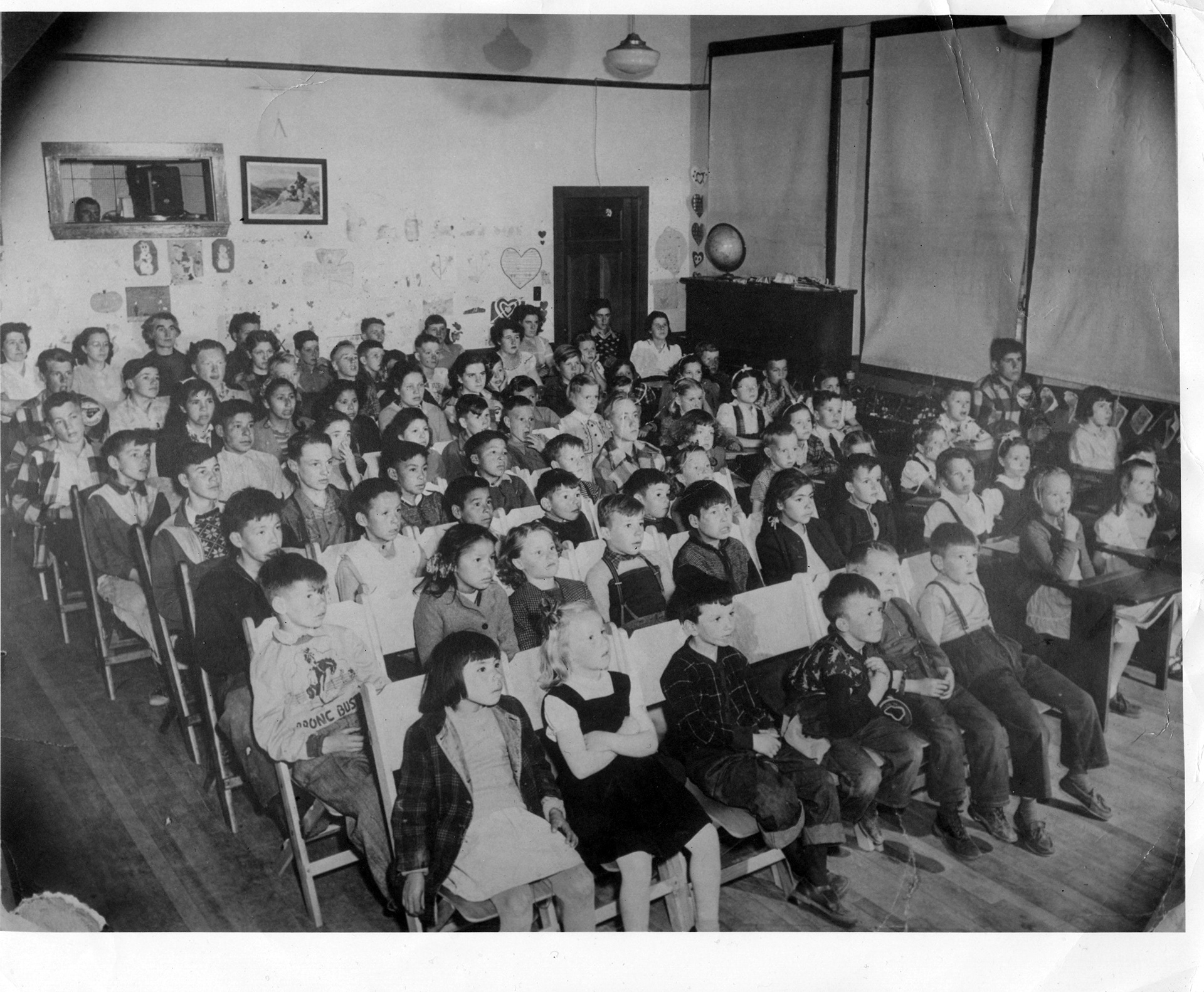
1943 movie at the Willisville School with students from Willisville & Whitefish Falls. Teachers Mrs. Anderson & Mrs Stump (back row) - Harold Golden
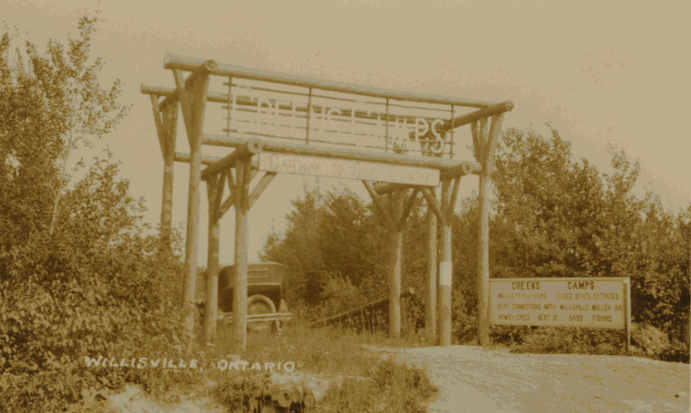
Green's Camp (Widgawa Lodge) Hugh Cummings Photo - Tim Gallagher
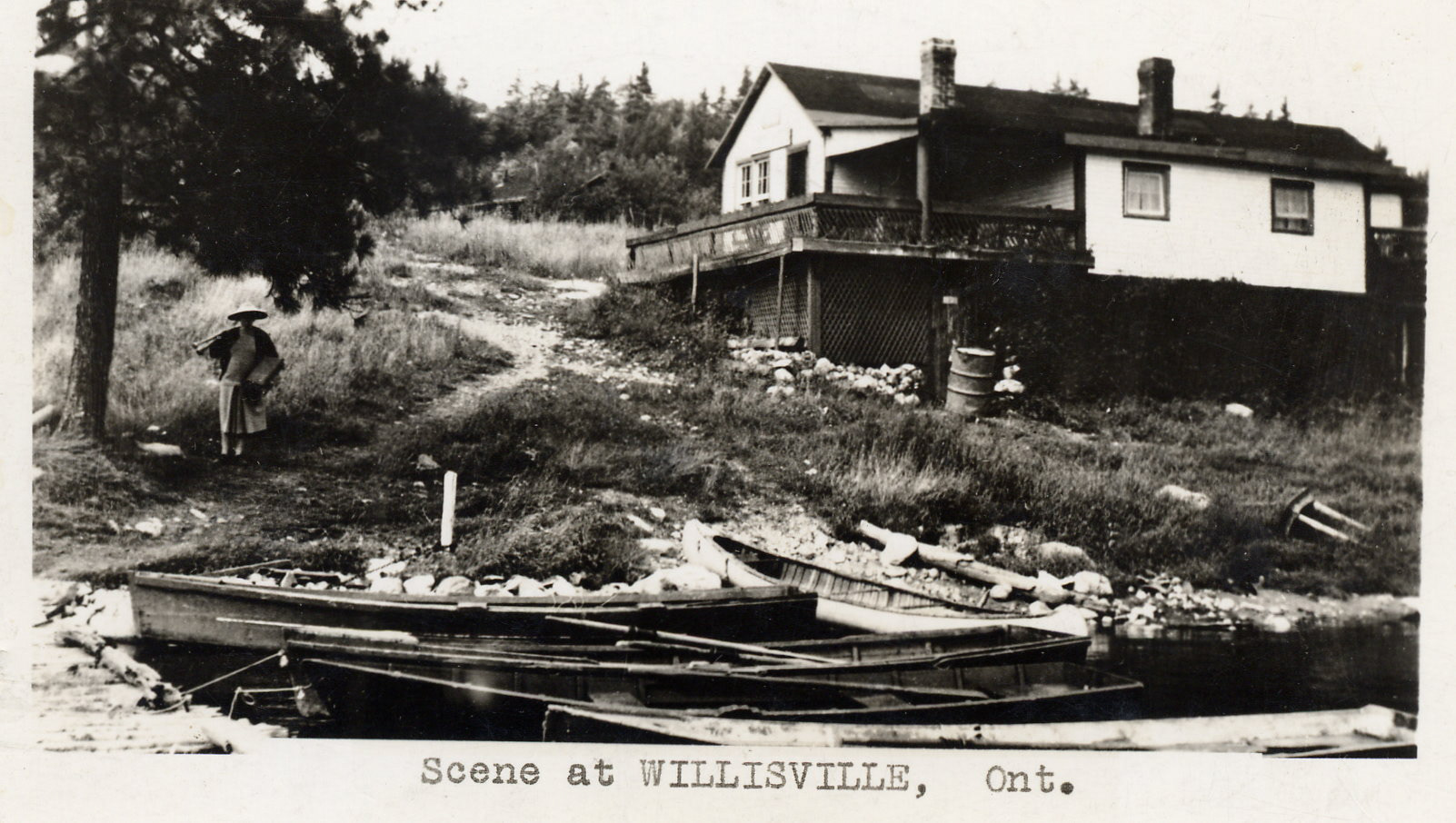
Boats at Raby's Store 1940s - Neil & Jane Pruden
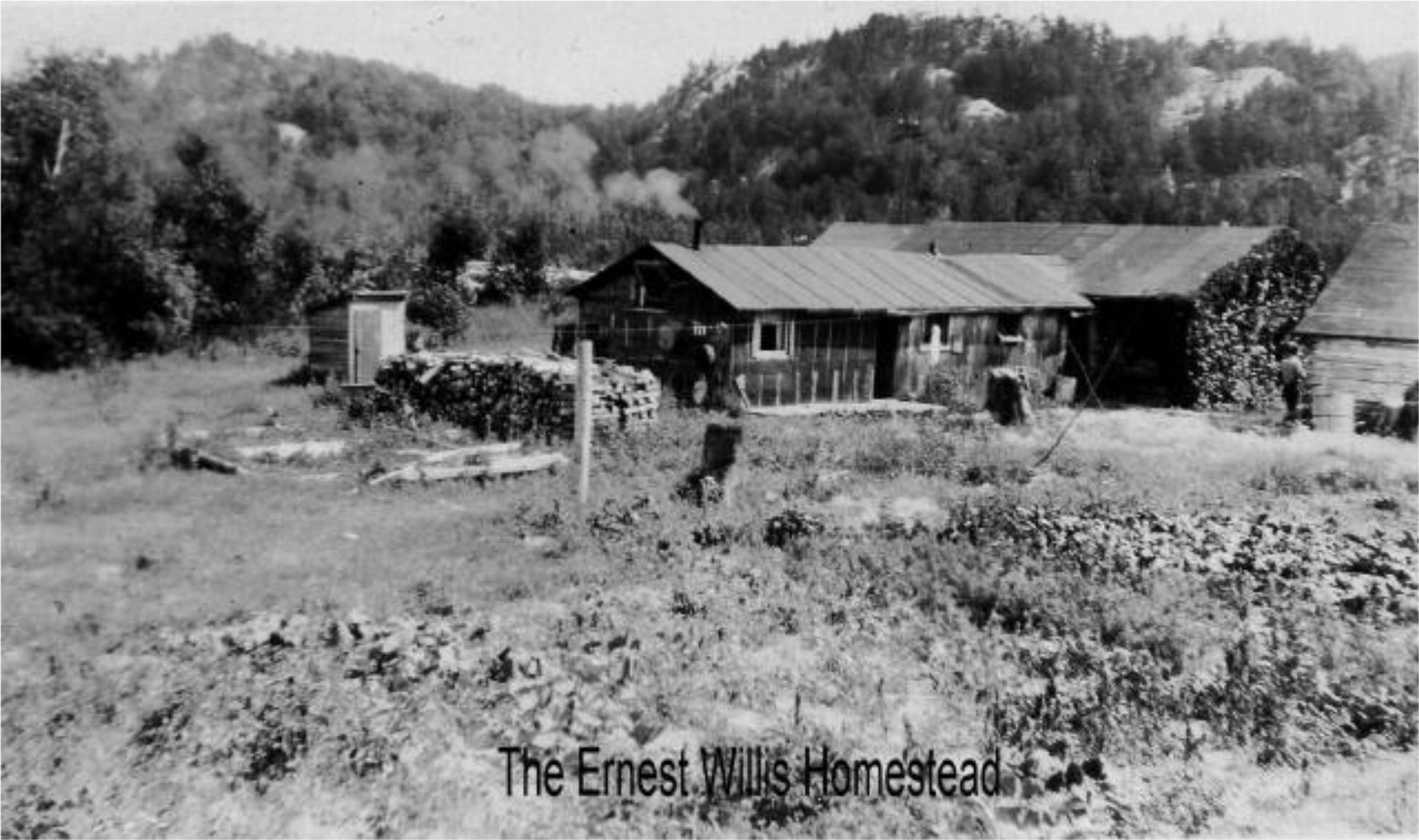
Willis Homestead circa 1915 - WILLIS Family Archives

Alena Merial Willis 1926 - WILLIS Family Archives
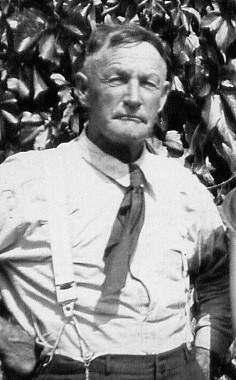
Namesake, Ernest Willis 1924 - WILLIS Family Archives

"The Corner", George & Kathleen Willis Smyth, 1938 - WILLIS Family Archives
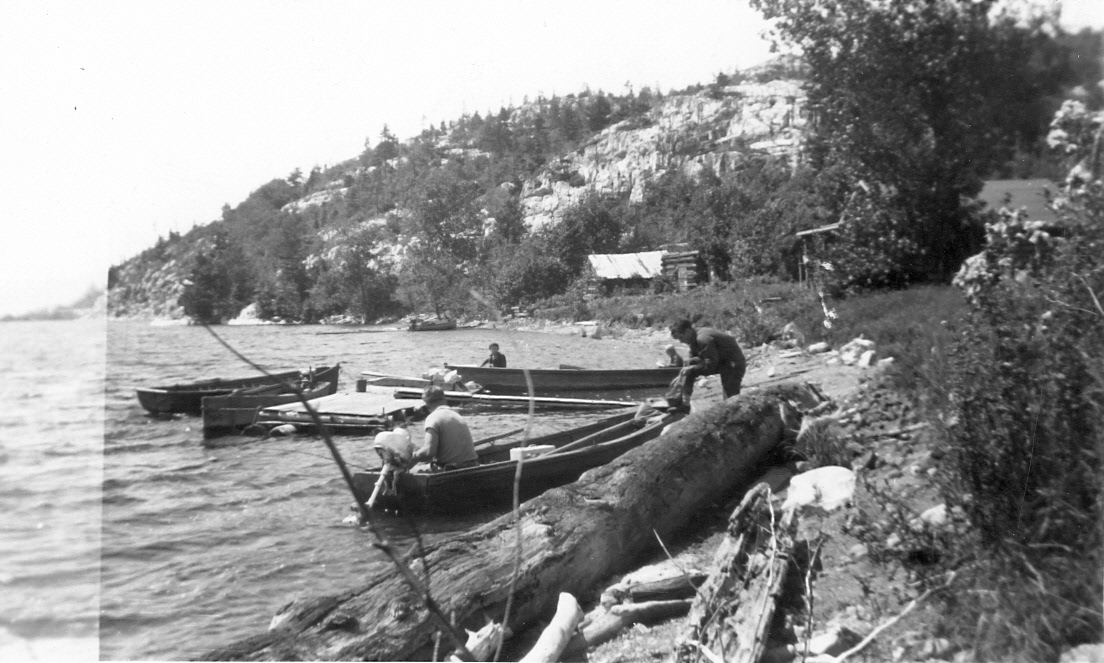
Willisville Docks circa 1940
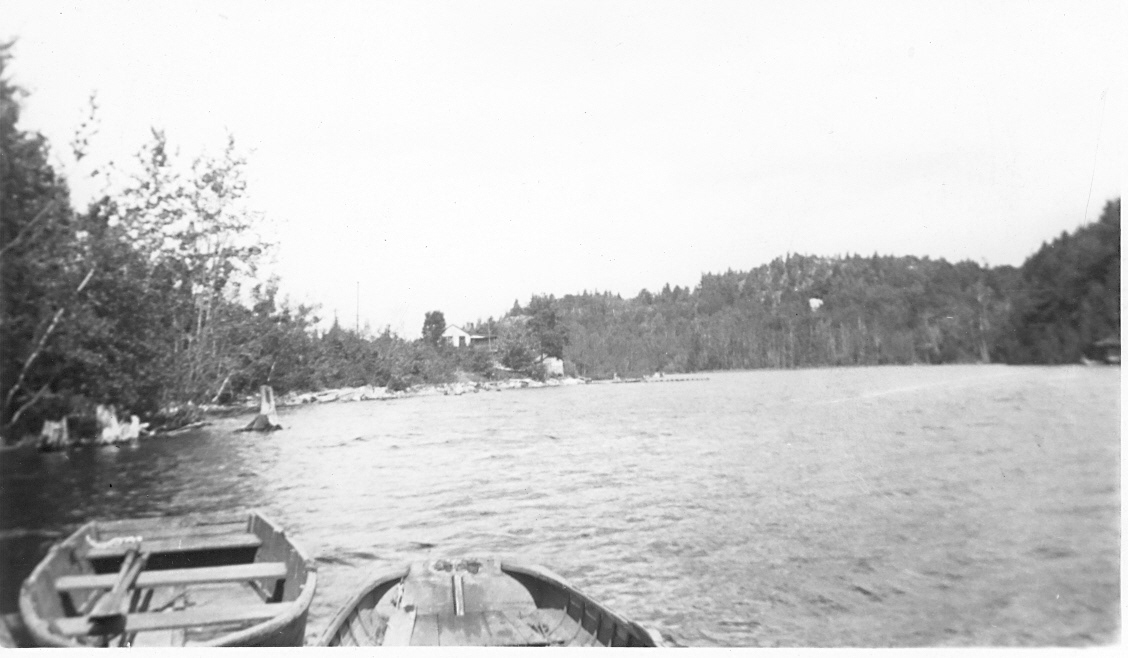
Looking left from Willisville Docks at the Willisville store circa 1940

Looking right from Willisville Docks at Lawson Quarry circa 1940
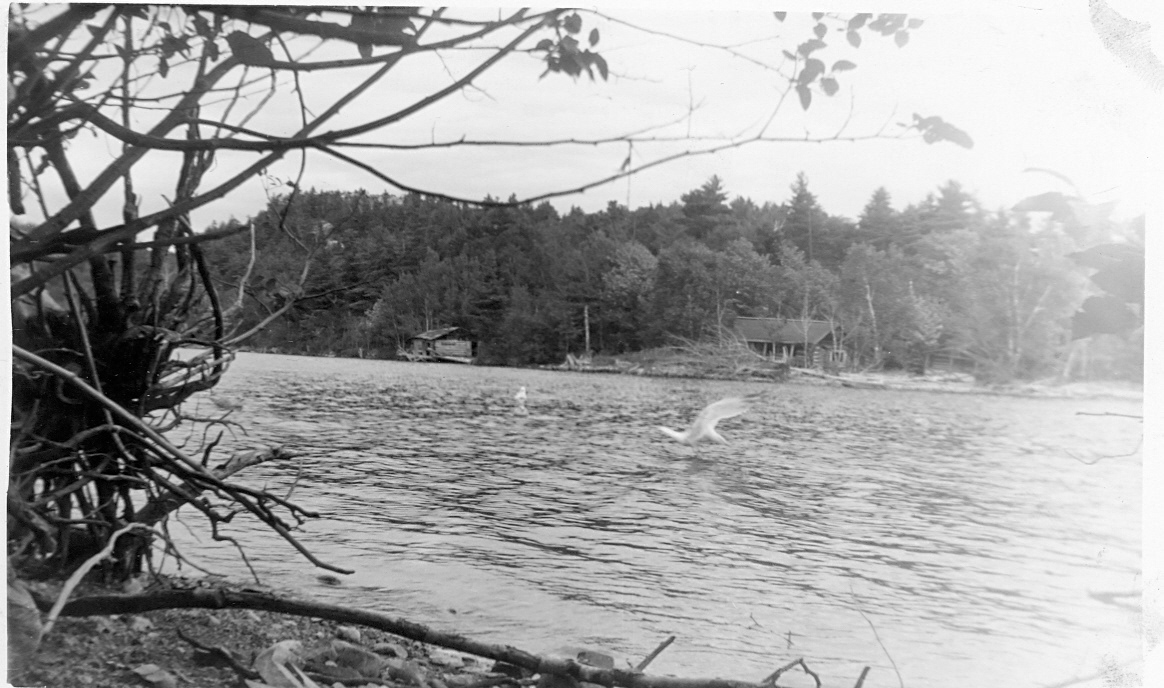
Looking across the channel from Willisville Docks at Kinsman Camp circa 1940
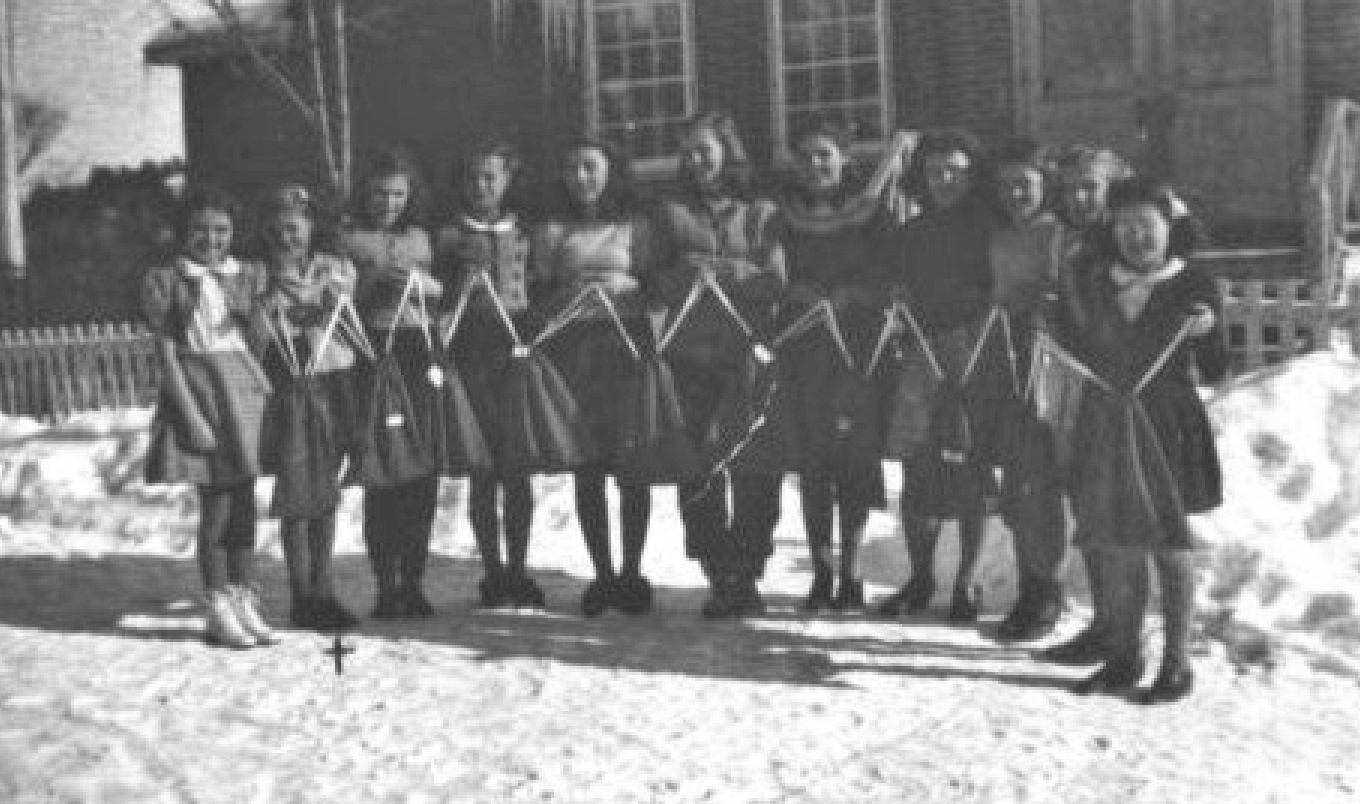
Diddy Bags circa 1943 Eva Leach, Pat Spry, Geraldine Bond, Audrey Glanville, Frances Golden, Marjory Glanville, Mae Golden, Madeline Witty, Helen Golden, Sheila Glanville, Reva Witty
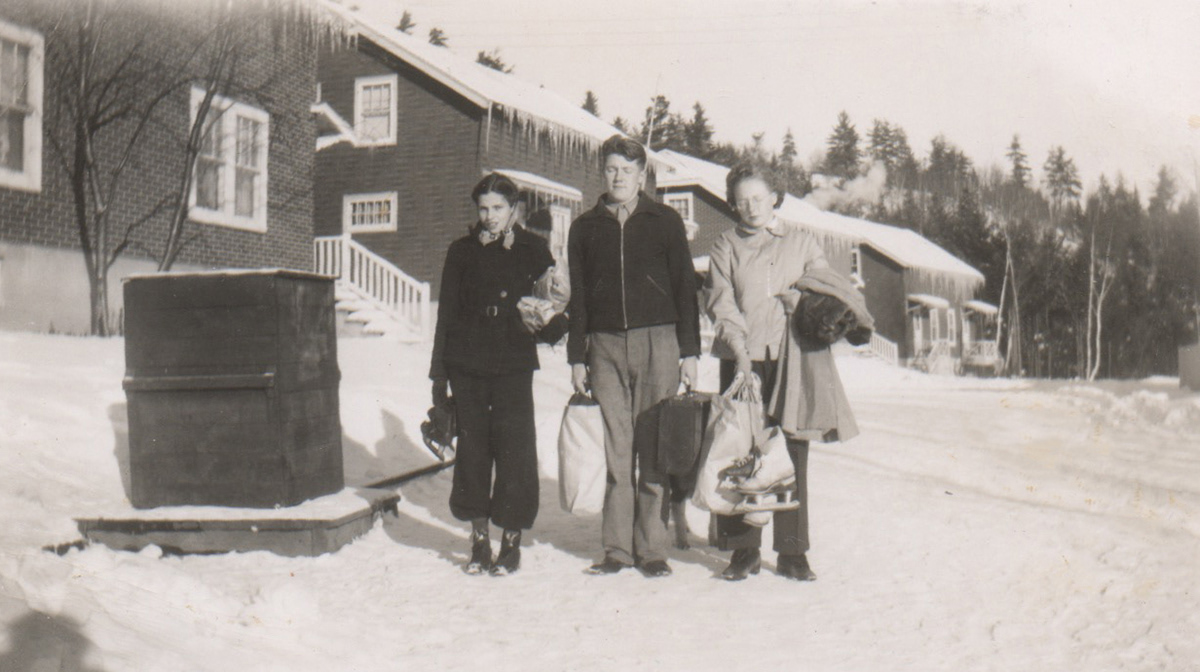
Willisville Christmas 1944 - Melissa Courtemanche

Jane Pruden on the old mine roaster 1940 - Brad Pruden
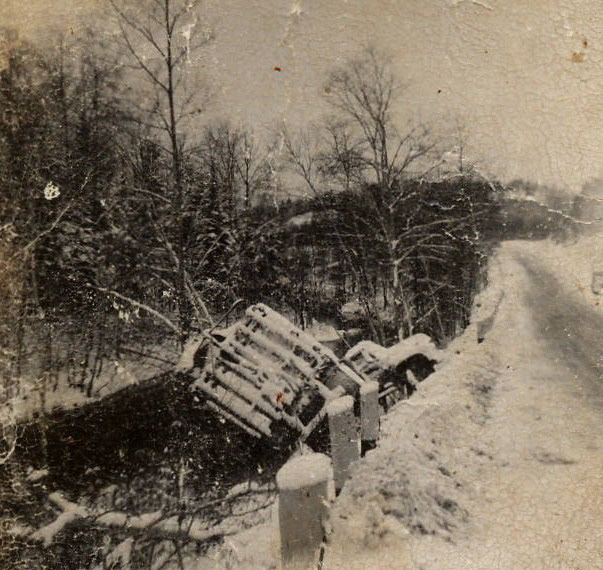
The turkey truck incident on the widgawa hill 1944 - harold golden
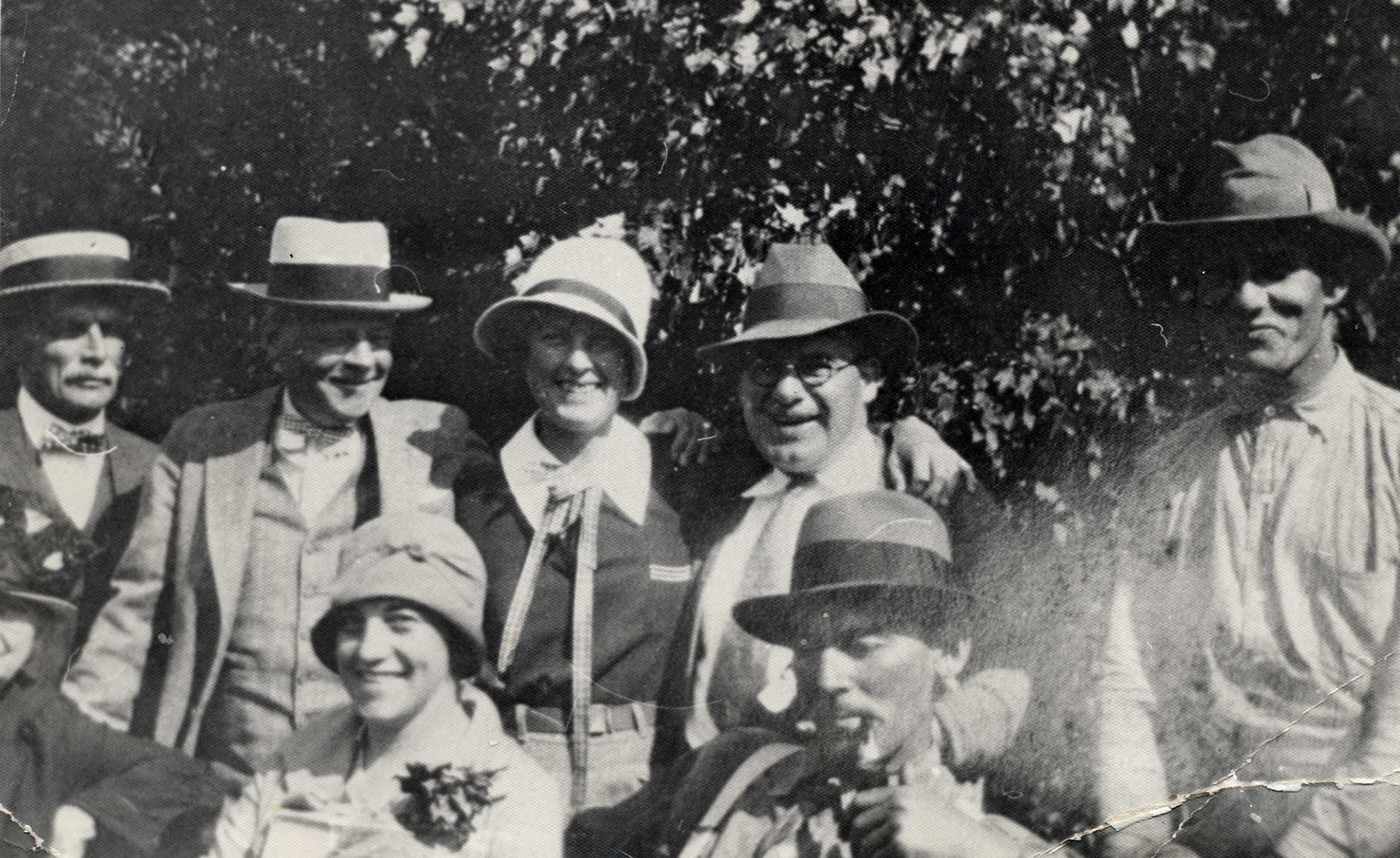
waiting for the train at Willisville 1930s - rockwood collection
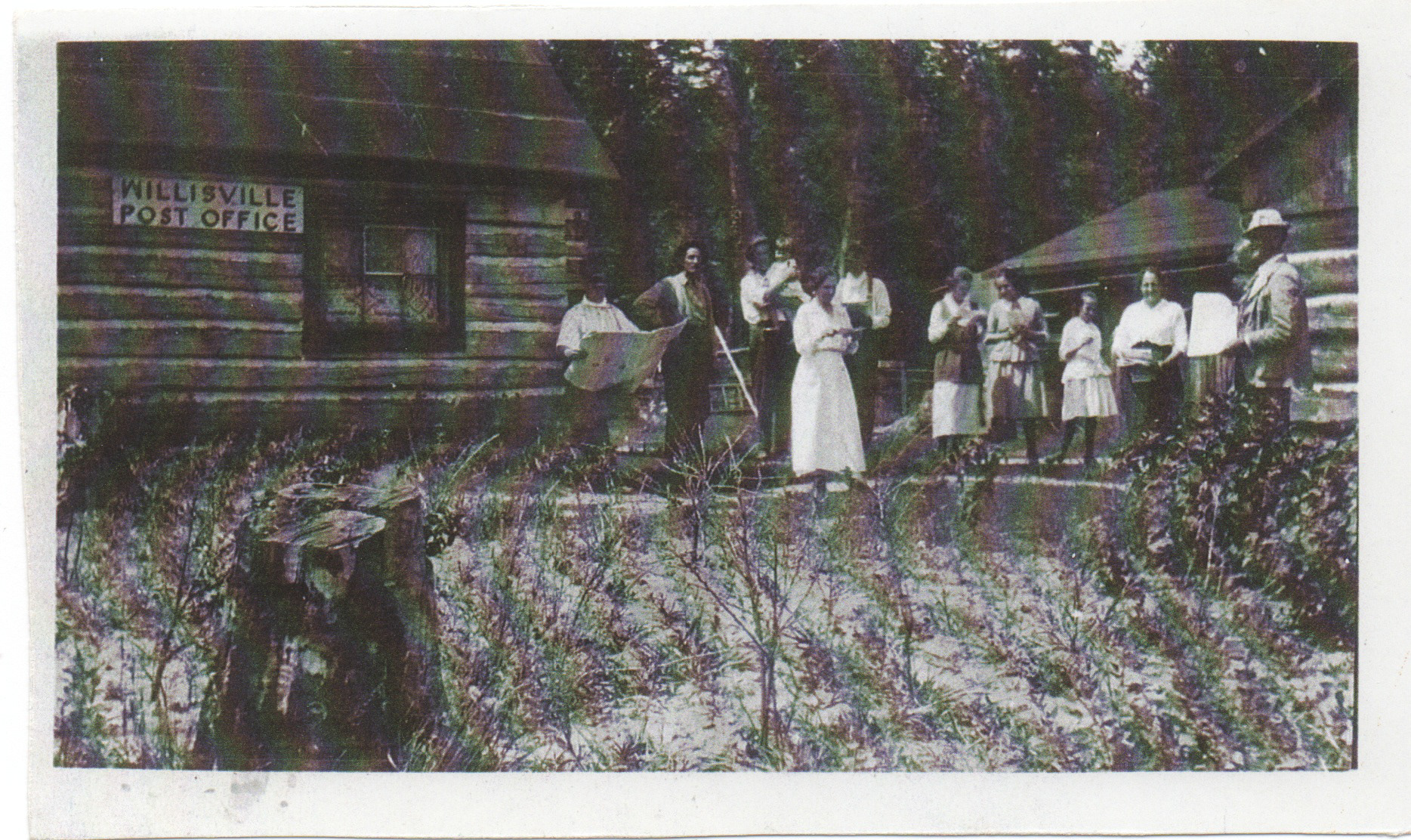
willisville post office 1919 - willis family archives
'One of the many pretty scenes near Willisville' mailed from Willisville in 1937. A hugh Cummings photocard.
"Say don't you know how to write letters. I have only received one. Alma you ought to be here. The grasshoppers are just thick. Every time you go to the Miss Jones they fly up like bees. Don't know when I'll be home."
Jane Pruden at the Willisville station 1930s
The last of the original Willis family.
Heading north at the Horseshoe at Frood Lake.
Bull's camp, Miller Bay/Charlton Lake in 1921
Ernest Willis family in Willisville 1918
Thanks for the photograph Dawn Smyth Hicks.
Ada & Ernest Willis, fire ranger, and children circa 1918
Thanks for the photograph Dawn Smyth Hicks.
The Corner Store which became the Tower Hill Cabins & Store on Hiway 68 (now 6) across from the Willisville road.
The Corner store of George & Kay Willis Smyth.
Thanks for the photograph Dawn Smyth Hicks.
The Corner Store which became the Tower Hill Cabins & Store on Hiway 68 (now 6) across from the Willisville road.
Kay Willis Smyth and her brother Harry Willis and his girls Jean, Gwyn and Joy.
Thanks for the photograph Dawn Smyth Hicks.
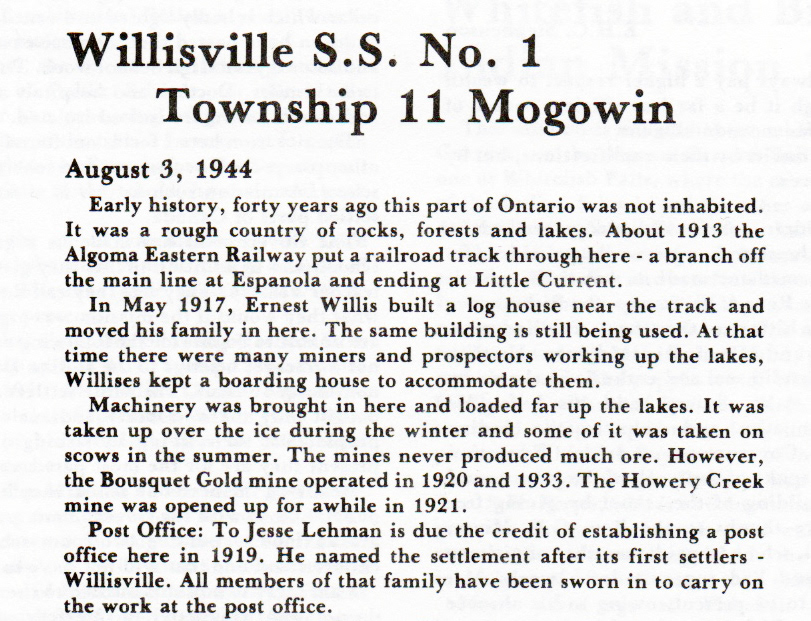
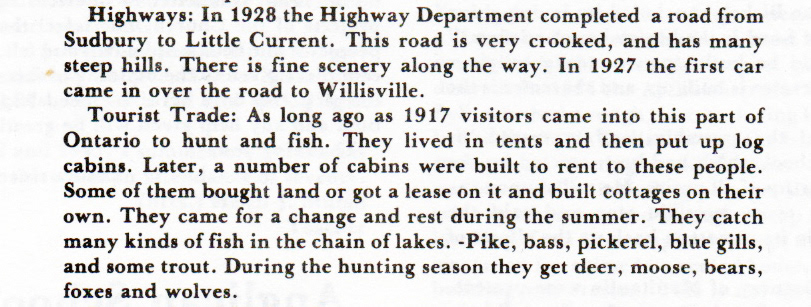
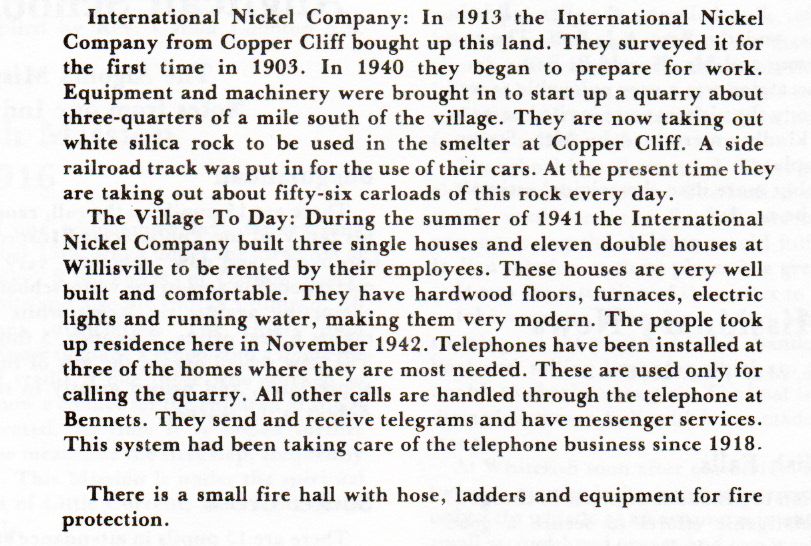

Angus Campbell, Henry Beaver, Charlotte Beaver, Helen Clark at Stith's cabin on Howry Creek circa 1941.
Harold Golden, goalie center, and the Willisville hockey team, 1940s.
Willisville view, 1940s. Photograph by Hugh Cummings.
Percy Coones, original owner, at Charlton Lake Camp
Bousquet Mine in the Howry Creek area, 1930s
Bousquet Mine info 1935
Bull's Camp in Miller Bay, Charlton Lake in 1935 with the Bonsai Tree painted by Group of Seven artist Franklin Carmichael.
Thanks for the photograph John Bull.
Back..Dick and Stuart Golden
Front ...Katie and Robert, his dad.
Dick and his family of 15 lived in Golden Valley, between Willisville Mountain and Lawson Quarry, from 1919 to 1941
Thanks for the photograph Dawn Smyth Hicks.
Dewey Golden and his mother, 1919.
The family lived in Golden Valley, between Willisville Mountain and Lawson Quarry, from 1919 until 1941.
The Preppy Teen-Agers Club in Willisville
Harold Golden far left.
The Inco Triangle, March 1950
Willisville's Preppy Teenage Club
Inco Triangle, 1949
Willisville, 1940
Passenger train at Willisville Station with the Kinsman Lodge on the opposite shore, on the left.
Thanks for the photograph Dawn Smyth Hicks.
'The Corner' store on Highway 6 across from the Willisville Road entrance.
Thanks for the photograph Dawn Smyth Hicks.
At the Willis family homestead in Willisville, 1930s.
From the Rockwood collection.
Teddy Snow, centre, at the Willisville General Store, 1930s
From the Rockwood collection.
Superintendent's House at Lawson Quarry, 1960
Train Wreck, 1 km north of Willisville, August 1939
Photograph from the Rockwood Collection
1939 Train Wreck
1 km north of Willisville
Photograph from the Rockwood collection
1939 Train Wreck
1 km north of Willisville
Photograph from the Rockwood collection
Kathleen Willis at the Willis homestead in Willisville.
Thanks for the photograph Dawn Smyth Hicks.
Ada Willis, Eugene Golden & Jessie Willis.
Thanks for the photograph Dawn Smyth Hicks.